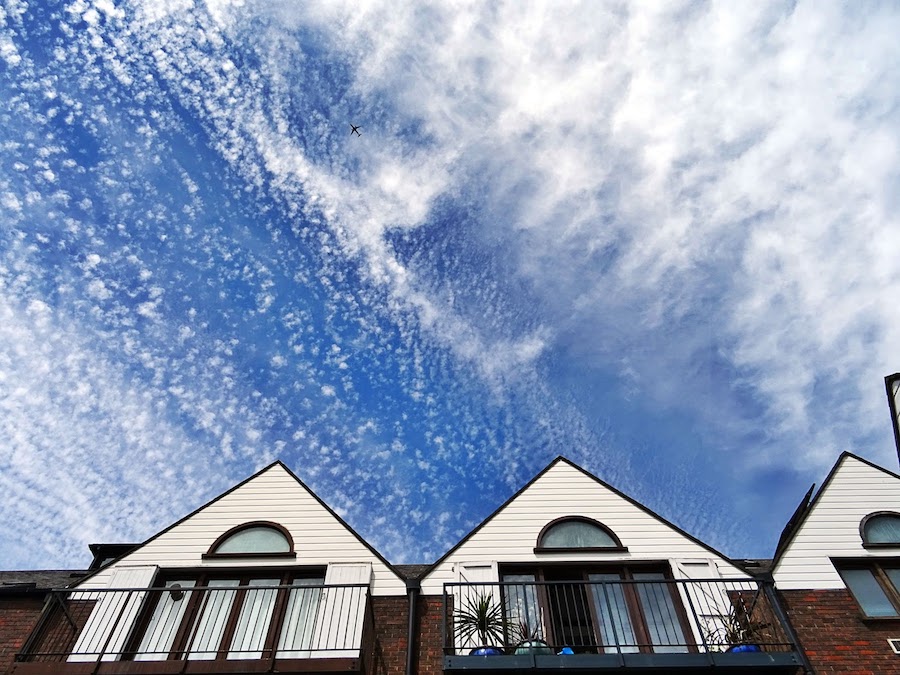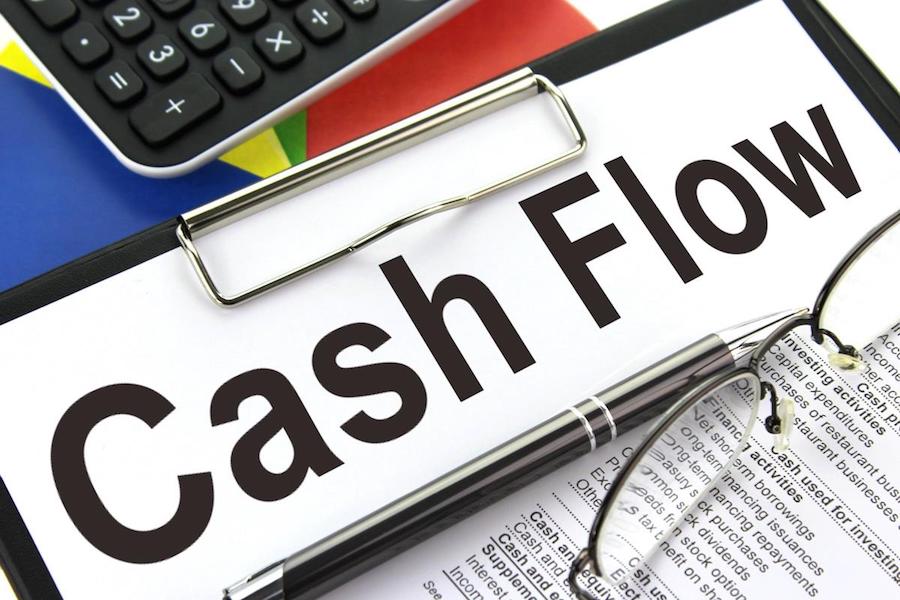
Estimating cash flow is an essential skill for real estate investors. When you have an opportunity on the table, you’ll want to do a quick analysis to determine if the property is worth looking into further with some quick math. As your interest in a property grows, you’ll need to do more thorough research and analysis to determine if the property presents a good deal with the potential to generate an appropriate amount of cash flows to meet your goals.
We’re going to go over some quick “napkin math” that will help you get a ballpark estimate on a property you are considering, then dive into more of the nitty-gritty.
The 50% Rule

One way investors get an initial ballpark estimate is called the 50% rule. The premise is that a property’s expenses will be about half of its revenue.
The flaws in using this “rule” to estimate cash flow can’t be overstated. In many cases, expenses will exceed 50%, sometimes by a significant amount.
What it is useful for is getting a ballpark figure in your head when you’re looking at a property.
If we break cashflow down to the most simple equation possible, we get:
Total Income – Total Expenses = Cash Flow
So, to make the math incredibly simple, we get the income. Take whatever the current tenants are paying in rent, or if there are no current tenants a realtor or the rents of similar nearby properties should give you an idea. Let’s say that you are looking at a 4-unit multi-family property and each tenant pays 750 in rent. We have $3,000 in monthly income or $36,000 annually.
Then following the 50% rule, we assume $1,500 a month in expenses and subtract our financing costs. For simplicity, let’s say the mortgage on the property is $1,250.
$3,000 – ($1,500 + $1,250) = Cash Flow
$3,000 – ($2,750) = $250
So, doing some quick math, we’ve estimated $250 in monthly cash flow or $3,000 annually.
How to Use the 50% Rule
Again, the 50% rule should only be used to get a quick ballpark estimate to decide if a property has potential or is overvalued. 50% is often an incredibly generous number, and the only way to get an accurate cash flow estimate is by doing thorough research and making some more realistic assumptions about expenses.
Digging Deeper – Multi-Family Cash Flow by the Numbers

To get a more accurate estimate of the cash flow of a potential multi-family investment, we need to get reliable figures for all sorts of expenses.
- The mortgage
- Insurance (including mortgage insurance)
- Trash & Utilities
- HOA fees
- Maintenance and Upkeep
- Taxes
- Capital Expenditures
- Vacancies
- Management expenses
- Marketing
- And so much more
This is where things get a little more complicated. It’s almost impossible to get accurate figures for some of these expenses.
For certain things like trash and HOA fees, it’s just a matter of making a phone call.
But how can you possibly know how often one or more of your units will be vacant? How do you account for unexpected repairs, or know when you’ll need to upgrade appliances?
There’s no definitive way to get these numbers, but it’s essential that we aren’t too generous in our estimates. If you are already familiar with your local market, you probably already have a good idea about what you can expect for certain things, but if you’re new, you’ll likely need to rely on the advice of realtors, property managers, and other investors you’ve networked with.
Using the same four-unit property from the example above, let’s break down the math for a more in-depth analysis than the 50% rule gave us.
We have $3,000 a month in income and a mortgage payment of $1,250. Let’s look at some expenses.
- Trash – $200
- Utilities – $370
- Property management – 10% ($300)
- Vacancy Rate – 8% ($240)
- Repairs – 7% ($210)
- Capital Expenditures – 6% ($180)
- Taxes – $96
- Insurance – $68
- HOA Fee – $50
Notice that the expenses which you would not incur every month are estimated as a percentage of the total income. You won’t be replacing the roof every month, but if you replace the roof for $12,000 in 7 years, that’s equivalent to about $143 a month. Think of it as how much you would have to put away each month to have the cash on hand to deal with significant expenses down the road like roof and HVAC replacement.
So with these more detailed estimates, we just add it all together along with the mortgage and subtract it from the income. The only difference between this calculation and the 50% rule is we’ve taken the time to do some painstaking research to come up with more accurate figures.
These expenses add up to $1,714, giving us:
$3,000 – ($1,714 + $1,250) = Cash Flow
$3,000 – ($2,964) = $36
After a more thorough analysis, the property doesn’t look as attractive as it did on the tin. But there are still more things we have to consider.
Other Factors to Consider
There are a few more things we need to think about before deciding whether this property is worth our investment. Some of these include:
- Cash on cash return
- Tax deductions
- Income generating Improvements (a laundry room, for example)
- Property appreciation
- Potential for improvements that will command higher rents
Learning how to estimate cash flow with a reasonable amount of accuracy is one of the skills that separates successful real estate investors from the novices. Just like investing in securities, those who do their due diligence will enjoy a higher chance of success in the market.
First, we can use the 50% rule to give ourselves a quick and easy way of ruling out properties that aren’t worth investing in. If the numbers look promising, we can dive deeper by building a realistic picture of how that property might cash flow.
By saving some time using the 50% rule and following up with thorough research, we are setting ourselves up for success in the real estate market.

